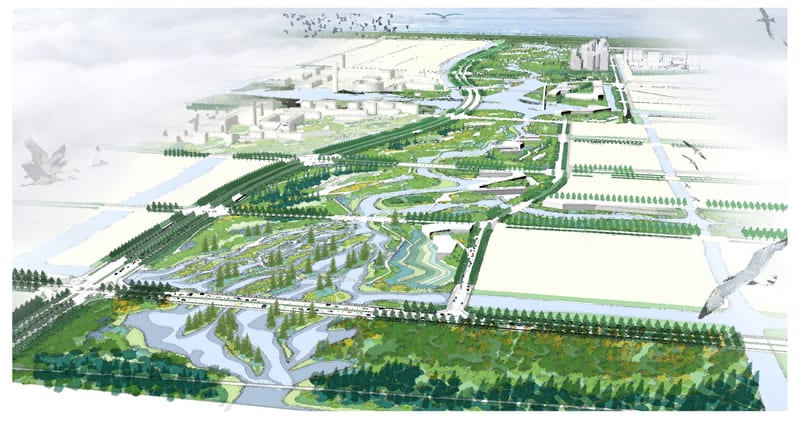With so many people now living in cities, and with an increasing detachment from nature, any urban nature we design and create should first and foremost be aimed at reconnecting the human population to nature. There are too many ecologically illiterate or ill-informed people living in cities. As the population continues to grow, transportation is the ticket between point A and point B. In order to keep up with a growing number of people who are on the go in urban spaces, highways have to expand and change.
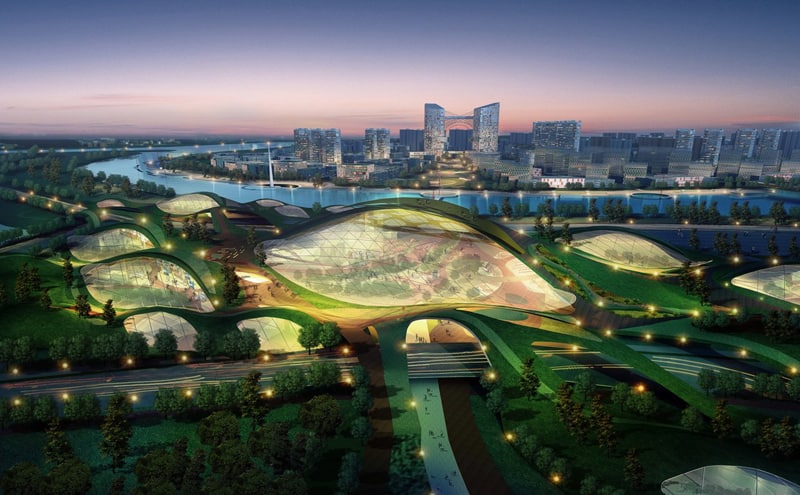
When highways are added or reconstructed, the landscape of cities changes, which directly affects the homes that occupy them. Modern highways affect our homes in a number of ways, all of which can be looked at in a positive or negative light, depending on where your home stands.
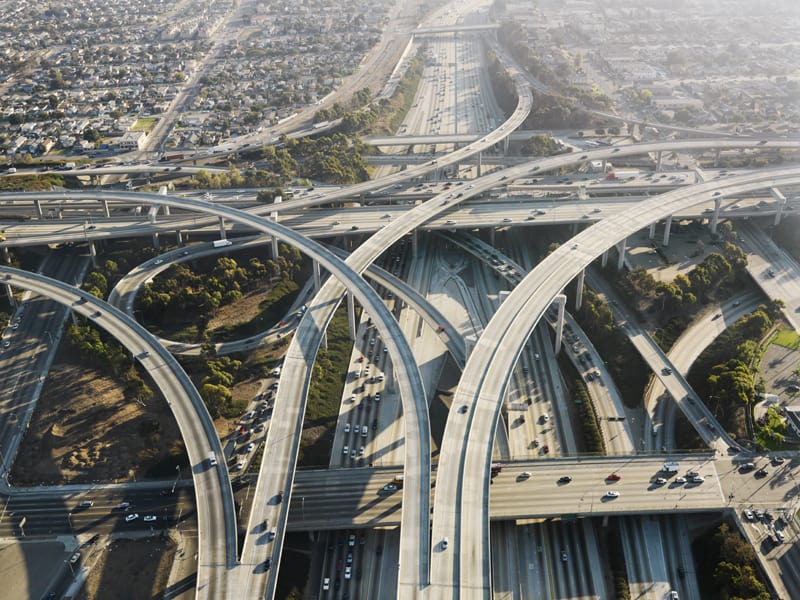
Going green is good for your home; its good for your health; and it’s good for the environment. Building a walled-in courtyard to surround your home may help reduce noise pollution and add some much-needed zen. A vertical garden or urban green corridors help your home go green and may reduce the noise from surrounding highways. And now, the question is: Do urban green corridors “work”? It depends on what we want them to do. What ecological and/or social functions can we realistically expect green corridors to perform in cities? What attributes define them, from a design and performance perspective?
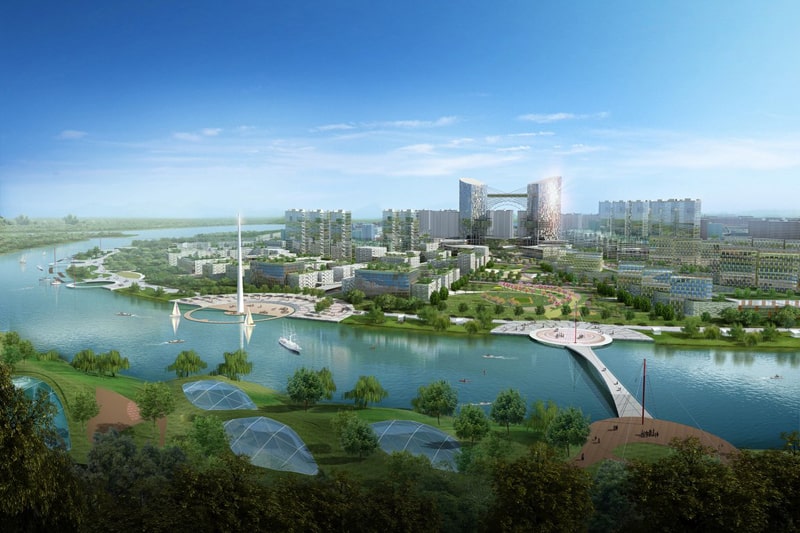
Green can lead to greener
The corridor can become a proxy of a better city within the city. Its ripple effect can demonstrate how public spaces may be put to better use and break negative perceptions about pedestrian streets, bike lanes and public transportation.
Measures taken in cities to improve their adaptation to drought and for carbon sequestration are usually based on general standards to reduce water consumption and greenhouse gas emissions and/or to reach an efficient use of water and energy. Normally, these proposals are introduced using ‘globalized’ technologies, which are applied everywhere regardless of context. But nature and rural areas near cities can provide key ideas to address these issues which are more in line with local needs and nature.
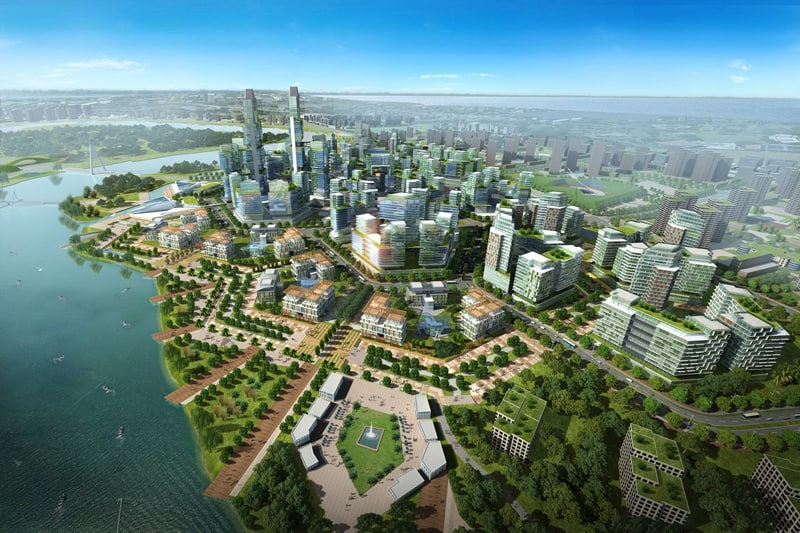
Green is the future
Protecting the outside of homes near highways is another issue to consider. Depending on proximity, certain safety measures may need to be taken for debris that could fly from blown tires, accidents or water drainage off the roadways. In cases like these, it would be important to look into highly durable siding to cover your home and save on damage costs further down the line. Keeping in line with the green theme, there are many companies on the market that cater to the needs of homeowners looking for durable, green vinyl siding options.
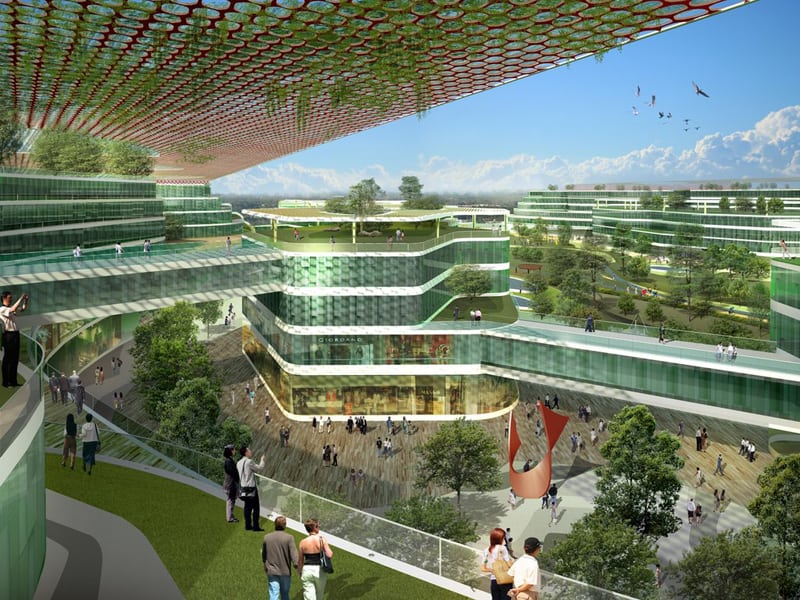
There also may be some highway noise reduction thanks to green technologies. For example, using full roofing solar tiles will not only increase your home’s heating and energy efficiency, but those large panels might actually work to keep sound out to some degree as well. Similarly, the popularity of roof gardens is on the rise. Plants works as extra noise barriers and keep the air around your home as fresh as you can possibly keep it under the circumstances.
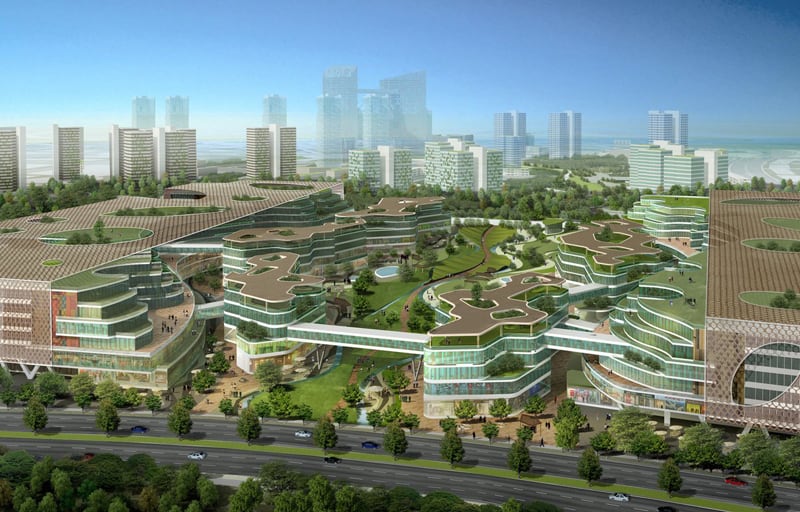
But just because it’s change doesn’t mean your home has to suffer. Working with these modern highway changes to create a space that protects and even inspires you can be a motivating project. For every highway that’s built, there is a home solution to be found!

